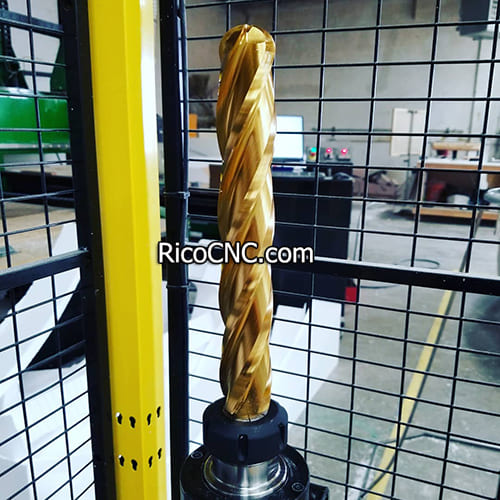
When it comes to cutting foam, selecting the right router bit can make all the difference between a clean, smooth cut and a frustrating mess. Whether you're working on a hobby project, crafting intricate designs, or creating industrial-level products, the router bit plays a crucial role in achieving that perfect finish. In this guide, we'll dive deep into everything you need to know about finding the best router bit for cutting foam, exploring the different options available, and understanding why certain bits work better than others.
The type of router bit you choose for cutting foam is key to ensuring a smooth finish and precise cut. Foam, especially high-density foam, is a delicate material that requires specialized handling. Using the wrong bit can lead to undesirable results like tearing, uneven edges, and even damage to your tools.
Foam can present several challenges when it comes to cutting. Here are some common issues:
· Tearing or Chipping: Foam can tear or chip easily if not handled correctly.
· Melting: High-speed router bits can generate heat, causing foam to melt.
· Uneven Edges: A low-quality bit can result in rough, uneven cuts.
Selecting the right bit helps avoid these issues and improves the overall finish quality of the foam.
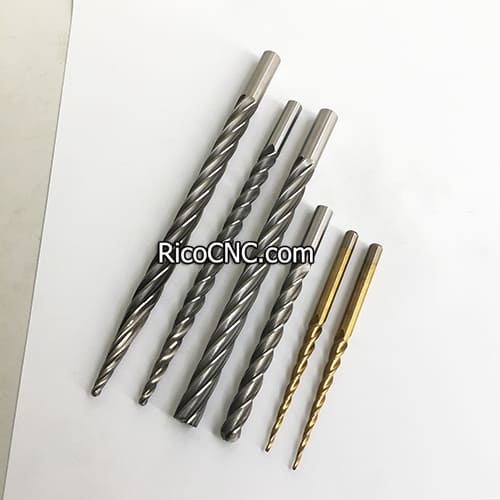
Router bits come in various types, each designed for different materials and purposes. Below, we will cover the most effective types of router bits for cutting foam.
1. Straight Router Bits: These are commonly used for making simple straight cuts in foam. The straight bit is versatile and can handle different foam thicknesses with ease.
2. Flute Router Bits: Flute router bits are particularly useful when it comes to cutting foam without leaving rough edges. The flute’s design helps in removing foam material more smoothly.
3. Specialty Foam Bits: Some manufacturers offer bits specifically designed for foam cutting. These bits often have specific geometries optimized for minimizing heat and avoiding tear-out.
Choosing the right router bit depends on several features that are crucial when cutting foam. The following characteristics are important to ensure you get a good result.
The material that the router bit is made from impacts its ability to cut through foam cleanly. Most common materials include:
· High-Speed Steel (HSS): Suitable for light-duty foam cutting. Offers an affordable solution.
· Carbide-Tipped: Carbide-tipped bits are more durable and can handle cutting foam repeatedly without losing their sharpness.
· Solid Carbide: Provides an even longer lifespan than carbide-tipped bits and is ideal for those who cut foam often.
The number of flutes on a router bit influences how the foam is cut and how much material is removed with each pass. The general rule is:
· Single Flute: Offers a smoother cut and is typically preferred for foam to minimize tearing.
· Double Flute: While it provides a more rapid material removal, it may sometimes cause more chipping, especially in softer foam.
The choice between single or double flute can depend on the density of foam being used and the precision required. Single flute router bits are often the preferred option for getting a cleaner finish in foam materials.
The diameter of the router bit affects the width of the cut and the precision of the work. A smaller diameter is preferable for fine, detailed cuts, whereas a larger diameter may be used for more extensive cutting or shaping.
A good balance is to have multiple router bits on hand with different diameters for varied types of projects. This ensures that you’re ready to handle different foam densities, as well as detailed and rough cutting requirements.
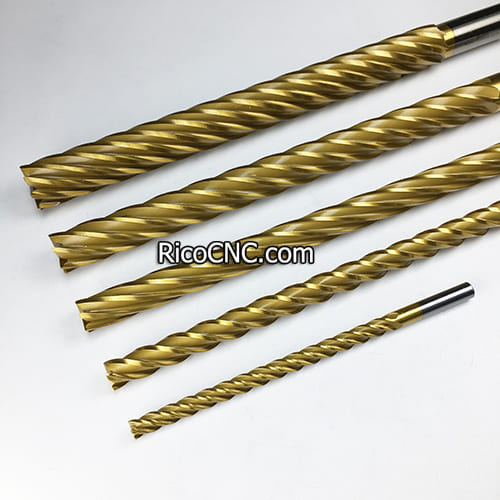
Foam materials vary widely, and so does the approach to cutting them effectively. Let’s look at some of the common types of foam and the router bits that work best for each type.
Expanded Polystyrene (EPS) is commonly used for insulation, packaging, and even in crafts. When cutting EPS, the biggest challenge is avoiding tearing or flaking of the foam.
· Best Bit: Single Flute Straight Router Bit – The single flute helps to reduce tearing and gives a clean cut without leaving frayed edges.
Polyurethane foam is frequently used in upholstery and automotive applications. It is softer compared to other foams, so using the wrong bit can lead to messy cuts.
· Best Bit: Carbide-Tipped Spiral Bit – The spiral shape helps lift the foam and cut it without squashing or melting it.
XPS is known for its smooth, closed-cell structure. It’s ideal for architectural models and other intricate work.
· Best Bit: Solid Carbide Up-Cut Bit – The up-cut design helps to evacuate chips, ensuring a clean cut without compressing the foam.
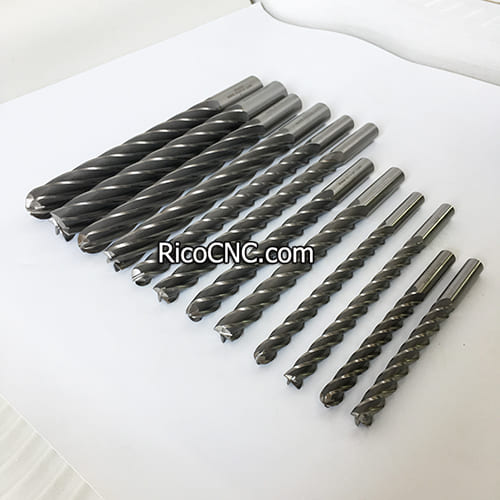
To ensure your router bits last long and perform at their best, proper maintenance is critical. Foam cutting can generate dust and debris, which can dull the bit or clog the router.
· Regular Cleaning: After every use, make sure to clean the bit with a soft cloth and remove any debris. For stubborn build-ups, use a bit of solvent to keep the bit clean.
· Sharpening: Router bits can dull over time, especially when cutting dense foam. Sharpening should be done periodically to keep the cuts smooth and precise.
Maintaining a sharp edge on your router bit ensures efficiency and reduces the risk of damaging the foam during the cut.
Storing the router bits properly also plays an essential role in prolonging their lifespan. It’s best to store them in a dedicated box where they won’t be exposed to dust, moisture, or other elements that could cause damage.
Pro Tip: Use a silicon gel pack in your storage box to keep away moisture and rust.
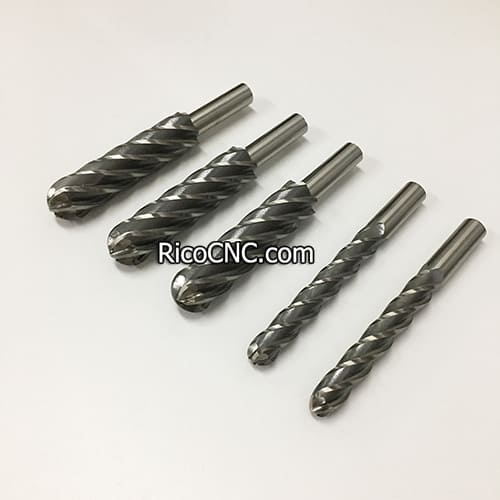
The best type of router bit for cutting foam without melting it is a single flute or solid carbide bit. These bits cut cleanly while minimizing the heat buildup that can cause foam to melt.
To avoid tearing foam, use a single flute router bit designed for softer materials. It helps cut through the foam cleanly without applying too much pressure that might cause tearing.
While it is possible to use standard wood router bits, they may not be ideal for foam. Wood bits tend to generate more heat, which can cause the foam to melt or fray. A specialized foam bit is recommended for best results.
It depends on the frequency of use, but ideally, router bits should be sharpened after every few major projects involving foam to maintain a clean cut.
Yes, carbide bits are generally more durable and retain sharpness longer compared to HSS bits, making them better suited for cutting foam, especially in repetitive use.
An up-cut bit is often better for foam as it helps to evacuate the foam debris quickly, minimizing the chances of heat buildup and maintaining a cleaner edge.

Choosing the best router bit for cutting foam involves understanding the material and how it responds to different types of cuts. Flute router bits, single flute straight bits, and solid carbide bits are some of the most reliable options for getting clean, smooth cuts without melting or tearing the foam. Remember, the key is to select a router bit that provides good control, reduces heat buildup, and maintains precision throughout the cut.
With proper maintenance and correct selection, your foam cutting projects will become significantly easier, resulting in high-quality, professional-looking finishes. If you need more information on similar tools or other products, feel free to contact RicoCNC.
Contact us today to learn more or for personalized advice on selecting the right router bit for your specific project needs!

Tel:+86-51268235075
Fax :+86-51268235075
Mobile:+86-13390848665
E-mail: cncsale@ricocnc.com
Skype: ccsalce
Whatsapp: +86-13390848665


